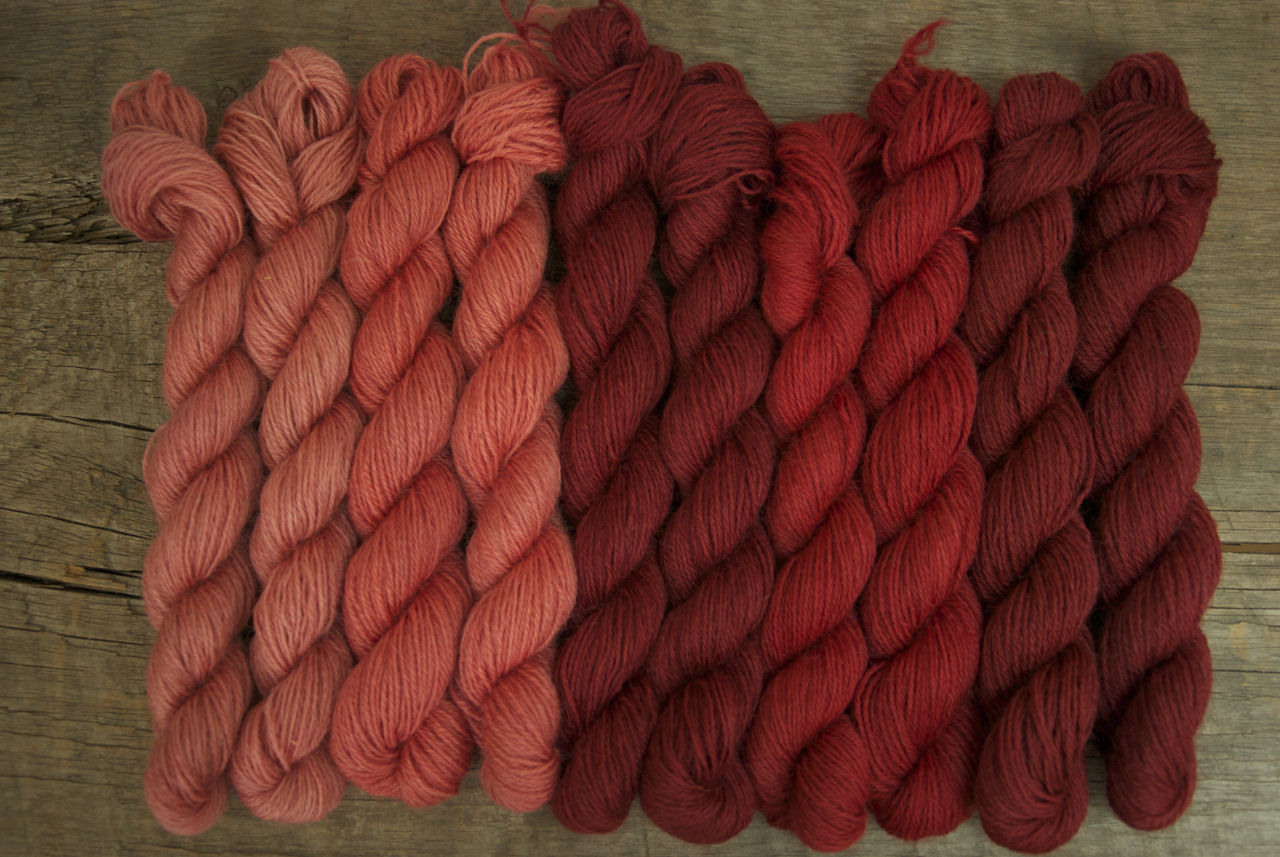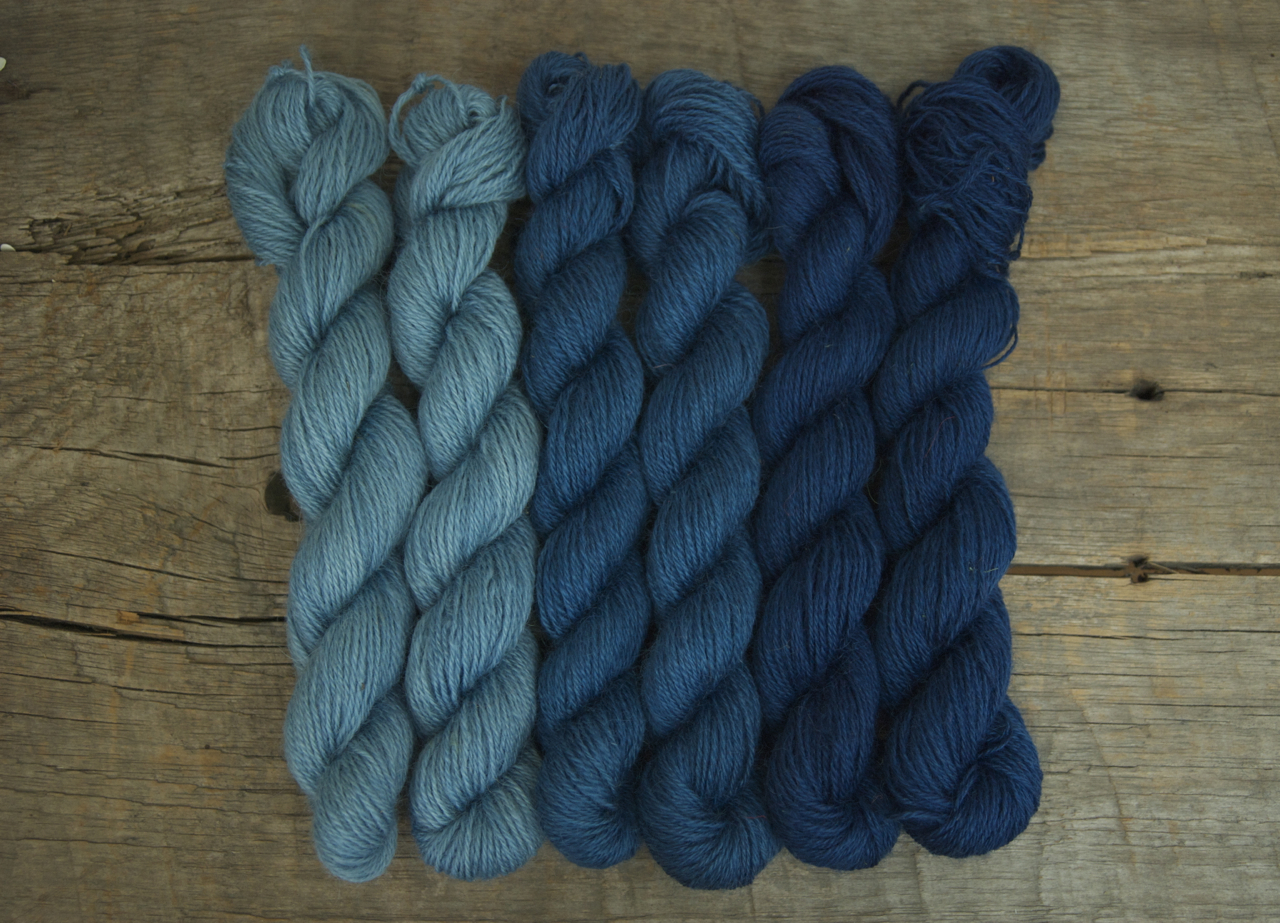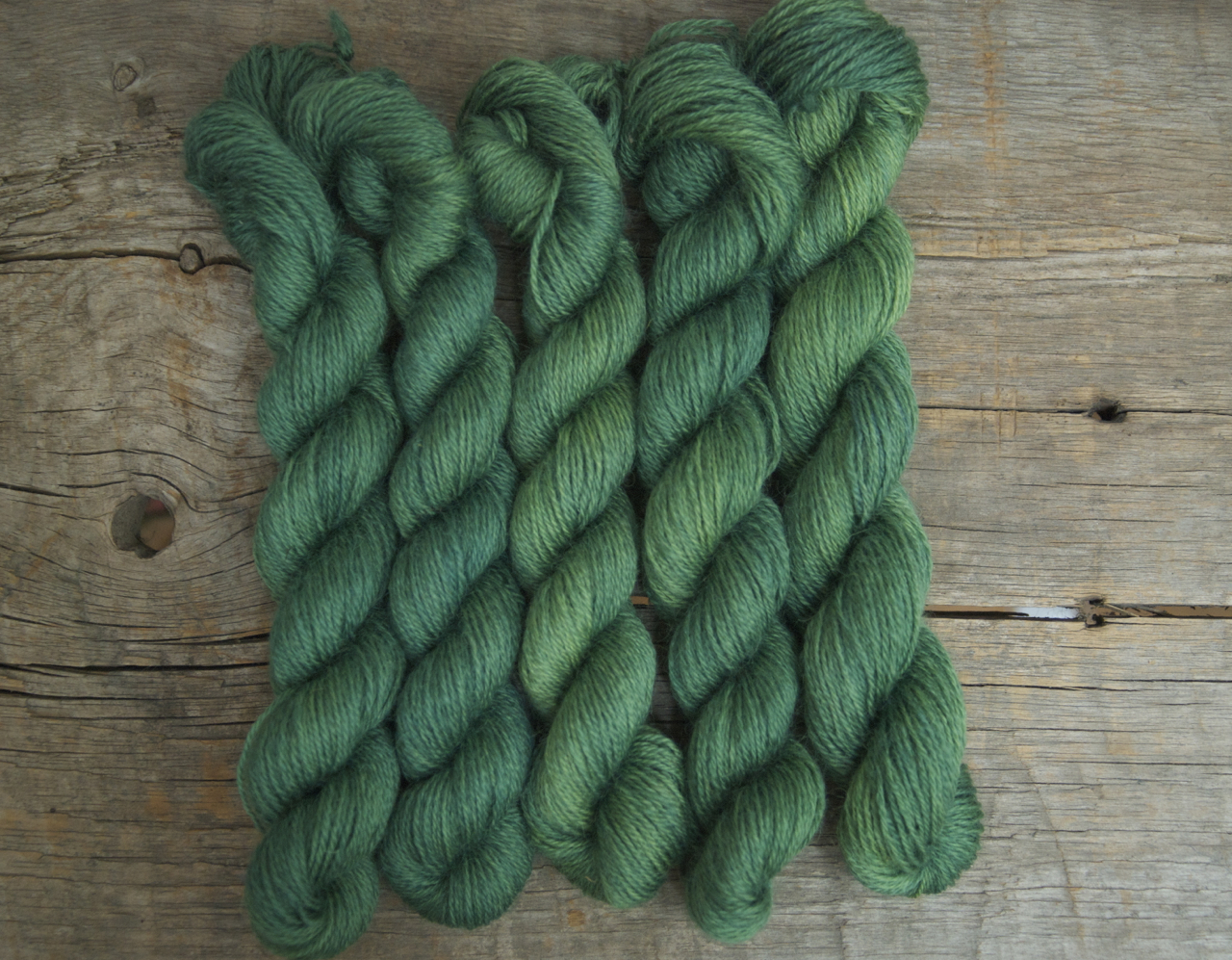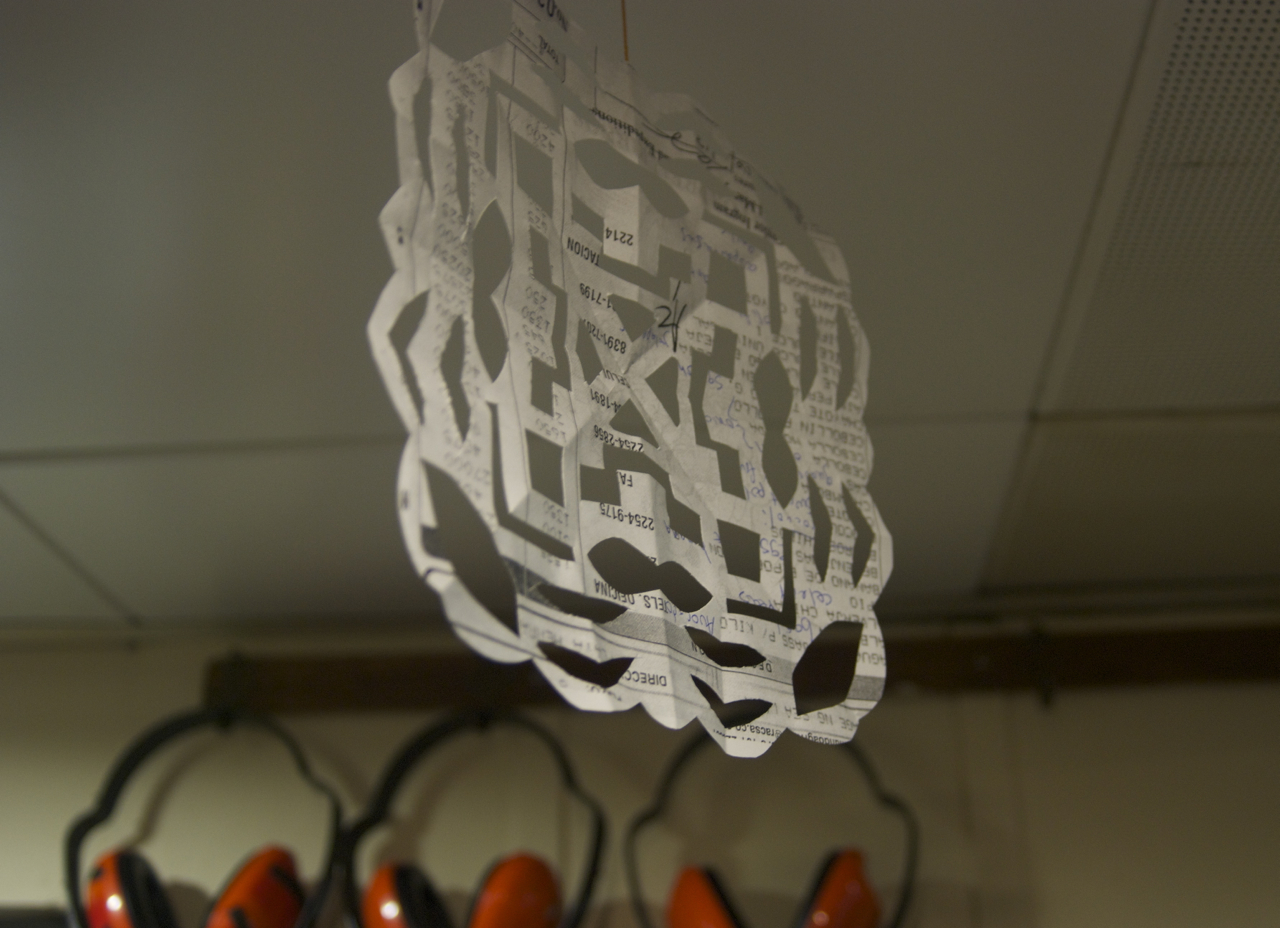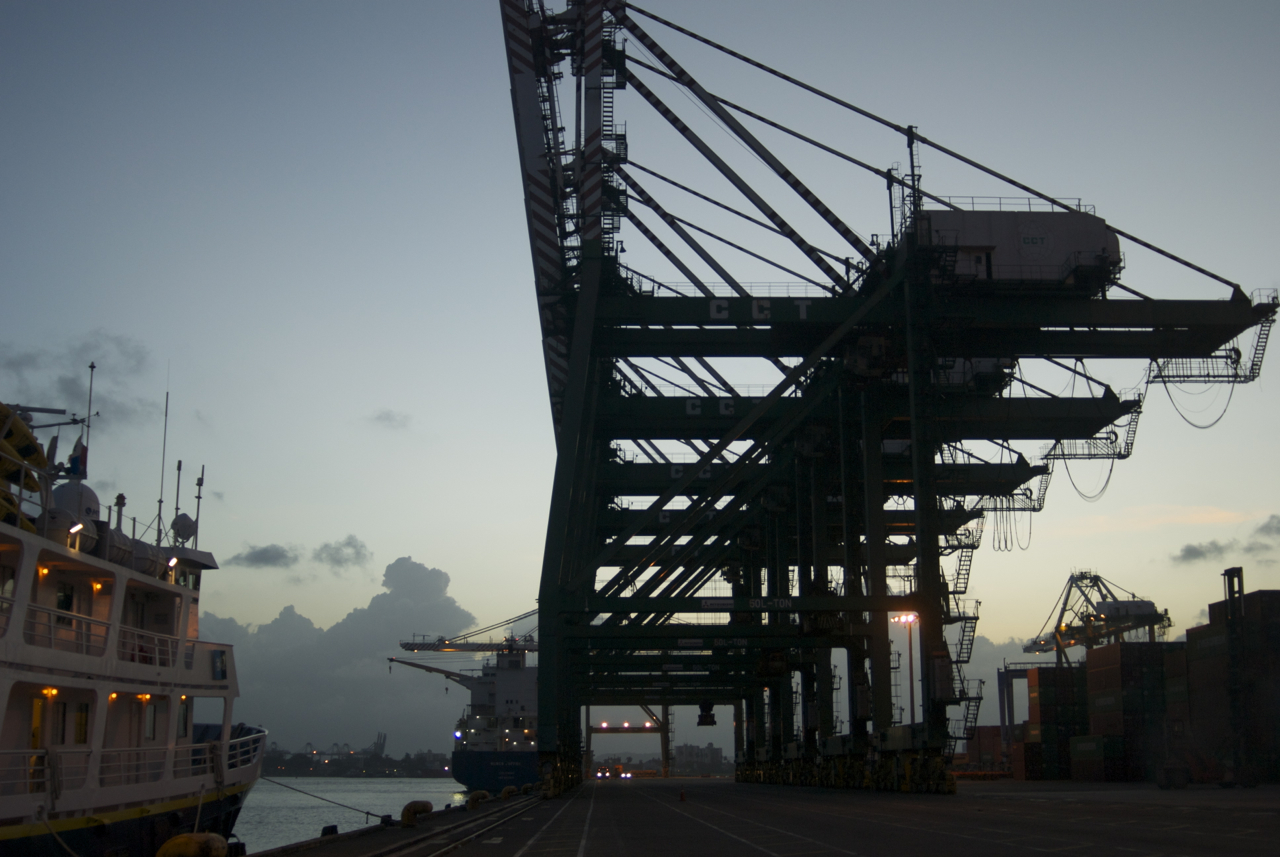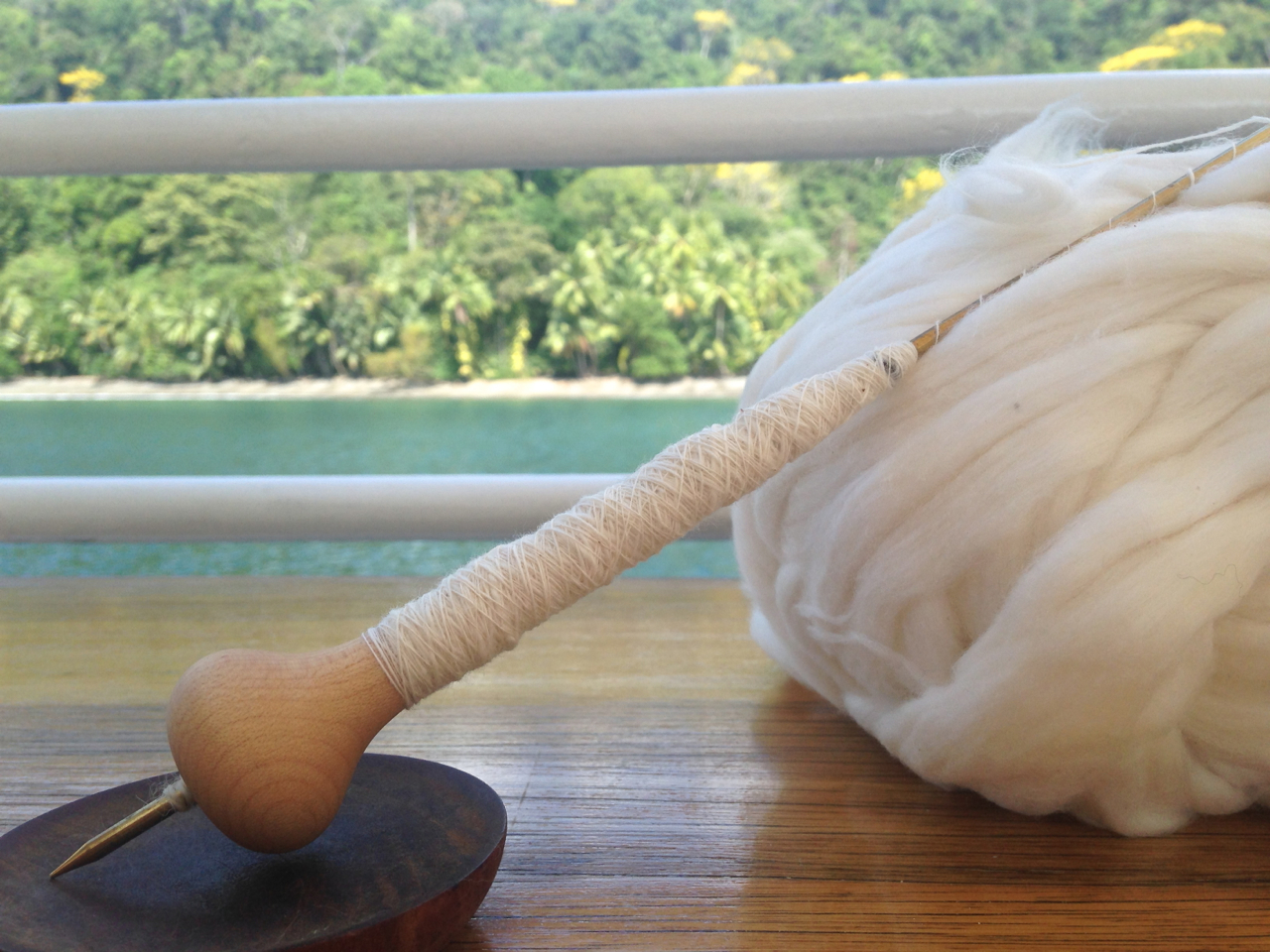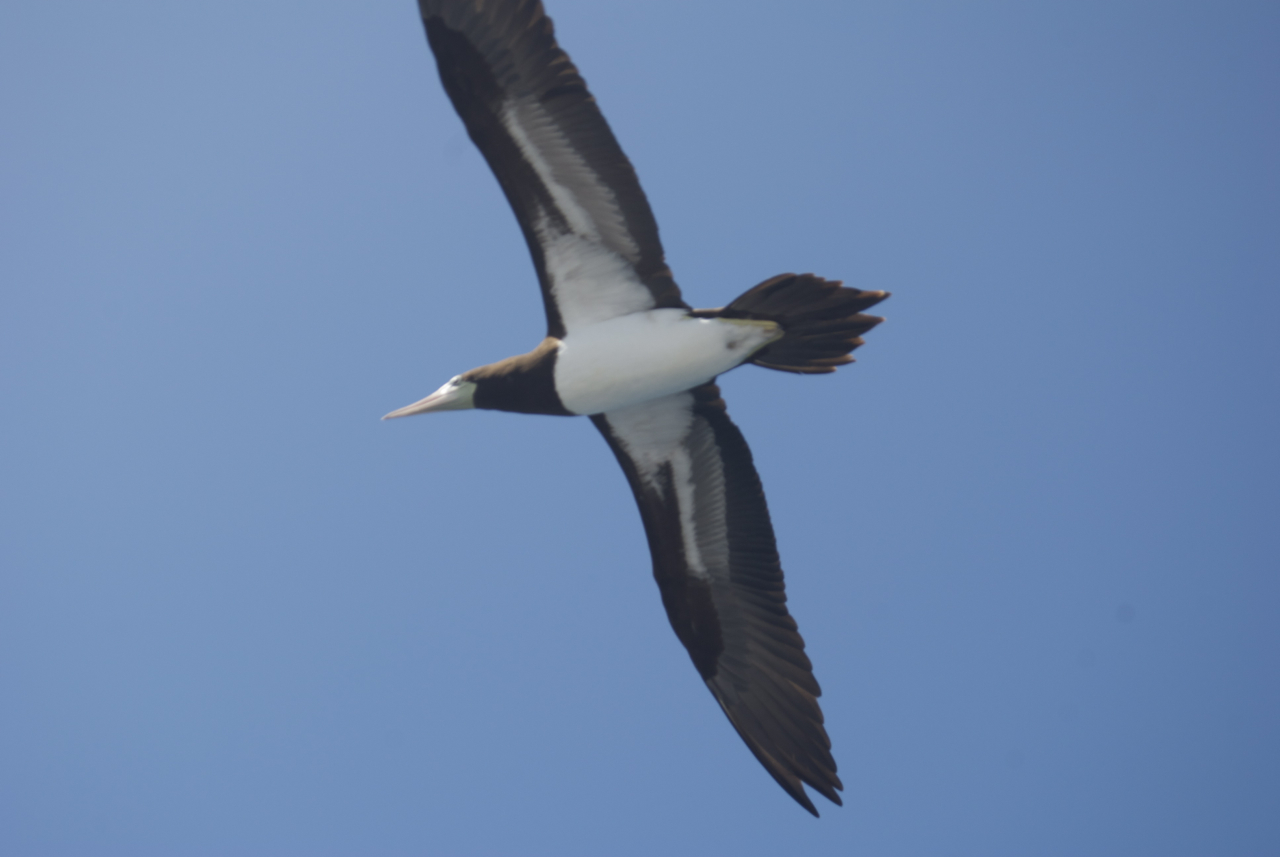At some point very early on Sunday morning we hauled back the anchor and made our way to an anchorage off of Barro Colorado Island in Lake Gatun, where we anchored again. Before the creation of the locks the area that became Barro Colorado Island was just a patch of anonymous high ground. As the waters rose after the locks were built various animals fled higher, and in 1920’s the Smithsonian built a research station there to study the newly isolated flora and fauna of the island. We stop by whenever we are in the canal so that guests can go for hikes or take zodiac cruises around the island. On Sunday mornings I take the opportunity for quiet and semi-decent internet to call home before work. According to Sam, if one looks at Barro Colorado Island on Google Earth and zooms in a bit, one can see the Sea Lion at anchor. We are the blue hulled mid-sized cruise ship with racks of yellow kayaks on the lido deck.
To back up a little bit, because until I started traversing it once a week I only had the vaguest idea of what the canal actually was, a brief explication of the structure of the Panama Canal:
There are two ways to make a canal. The first is to basically dig a big ditch to connect two bodies of water, so that boats may traverse it basically at sea level - this is how the Suez Canal was originally built, and this is what everyone was hoping could also be done in Panama. The problem down here is that the spine of mountains that start down in Tierra Del Fuego and end somewhere in northern Alaska continue, though much much lower, through Panama. In the area where the canal was built they are more like medium sized hills, but they were enough of an impediment to building a sea level canal that for a while it looked impossible that a canal would ever be built. Enter plan B, a system of locks that would raise boats 90 ft to save having to dig down as far.
On the Caribbean side heading south one encounters the Gatun locks; basically a set of three steps to bring the boat up to level of the canal. Then there is a large lake (Gatun) created by the building of the canal, then a very narrow ditch, which despite being deep enough for containers ships to traverse is still small enough that in Maine it would probably be one of those rivers no one could remember the name of (though if it were in Colorado it would be a major named geographical feature that would provide water for every state around it - the importance of rivers is relative). Eventually one arrives at Pedro Miguel Lock, which is a single step down, since we are traveling south, then the relatively small Miraflores Lake (it normally takes us about fifteen minutes to travel through this bit) and then Miraflores Lock, which has two steps down, and then we are back at sea level on the Pacific side. In order to stop at Barro Colorado Island we cross the canal is two days, though given how short it is (about 50 miles) we could easily do it in one.
So, on Sunday morning we were anchored off of Barro Colorado Island. Once I came on watch I attended to various small problems (I think I fixed the shower mixer and drip in 304 for instance) and preventative maintenance items (I have a weekly checklist) and then at some point we hauled back the anchor, tucked ourself in behind the boat we would be sharing locks with, and began making our way down towards Pedro Miguel Locks.
Once we arrived at the lock I was once again on standby. I used the time to take a few photos of the container ship that was next to us, and once again marvel at the impossible scale of things.
The main limiting factor to the size of modern container ships are the dimensions of locks built in 1914. A ship can either be called “Panamax” for measuring either the maximum length or width that will fit inside a lock in the Panama Canal. The locks are 1050 feet long and 110 feet wide, so a ship can get away with being 973-ish feet long and and 106 feet wide (the math is a bit fuzzy, because ships are not square, and the actual space inside the locks is not square, and the need to be able to use one’s propellers also confuse things and there are also problems with how deep a ship rides, but how much of a problem this is depends on the current water depth in the canal and how recently things have been dredged - apparently a few weeks ago a ship was stuck on one of the small sandbars that can form just outside of the locks and required the help of many tugs boats to get free). The Dublin Express is Panamax in all dimensions. Currently the canal is in the midst of an expansion project, with new sets of locks at both sides that will be able to accommodate much larger ships. The new locks were supposed to be completed for the hundredth anniversary of the opening of the canal, i.e. 2014, but as usual with large construction projects there were delays and etc. and now no one is really sure when they will be completed, other than “next year?”. The old locks will continue to handle all of the normal traffic, and the new locks will handle the “Post Panamax” traffic.
Once we were through the canal we anchored in the Flamenco anchorage in the harbor off of Panama City. The chief engineer used the time to dash to shore to pick up a small part we needed to fix the galley air conditioner, and I attended to my evening chores (transferring fuel, running the O.W.S., topping up oil, checking bilge levels, peering suspiciously at various gauges). The plan for the night involved getting underway at 0230, so I again knocked off a bit early, this time to take a nap before waking up at 0215, lighting off the main engines, and then waiting until we were three miles offshore to dump our slops tank.





